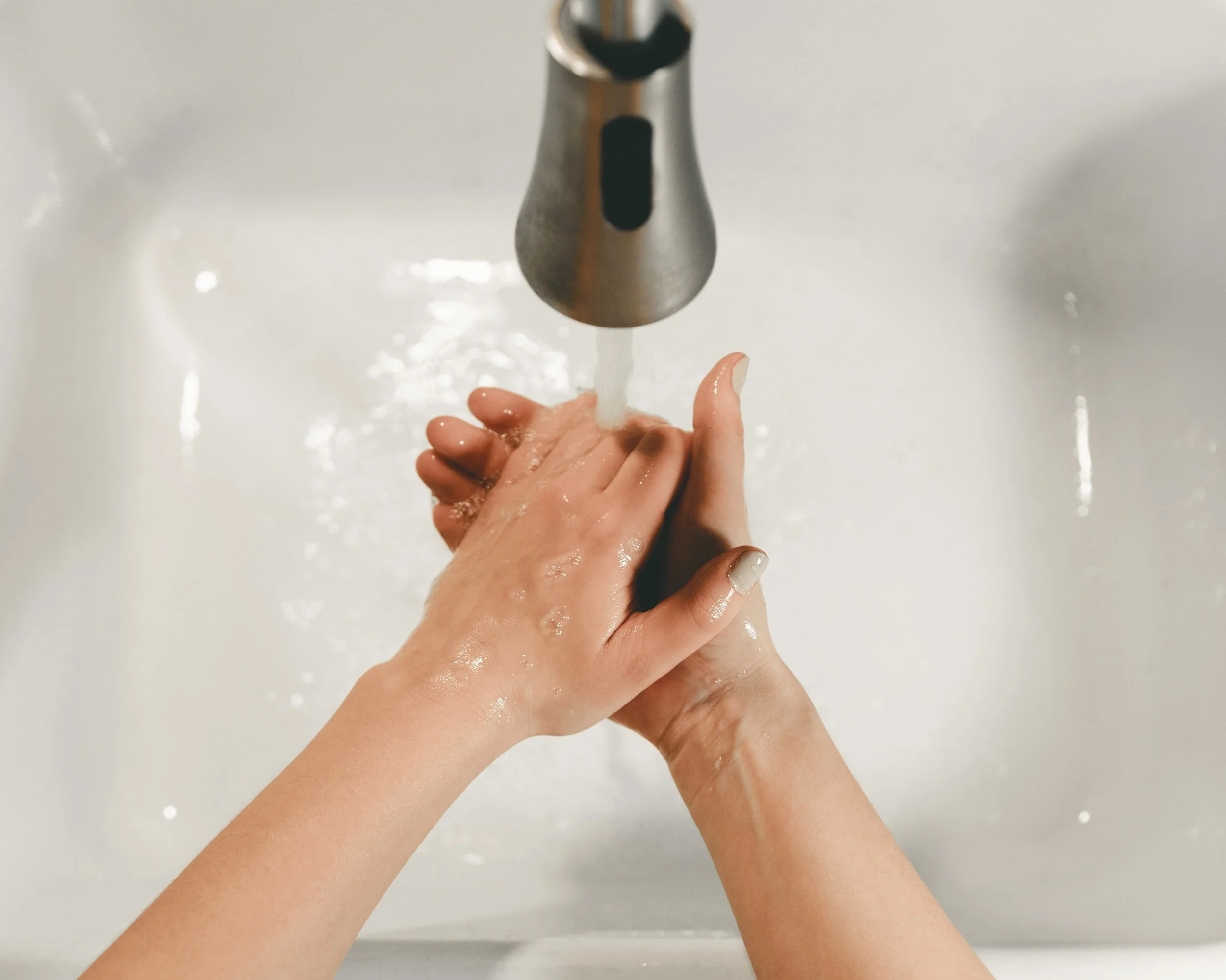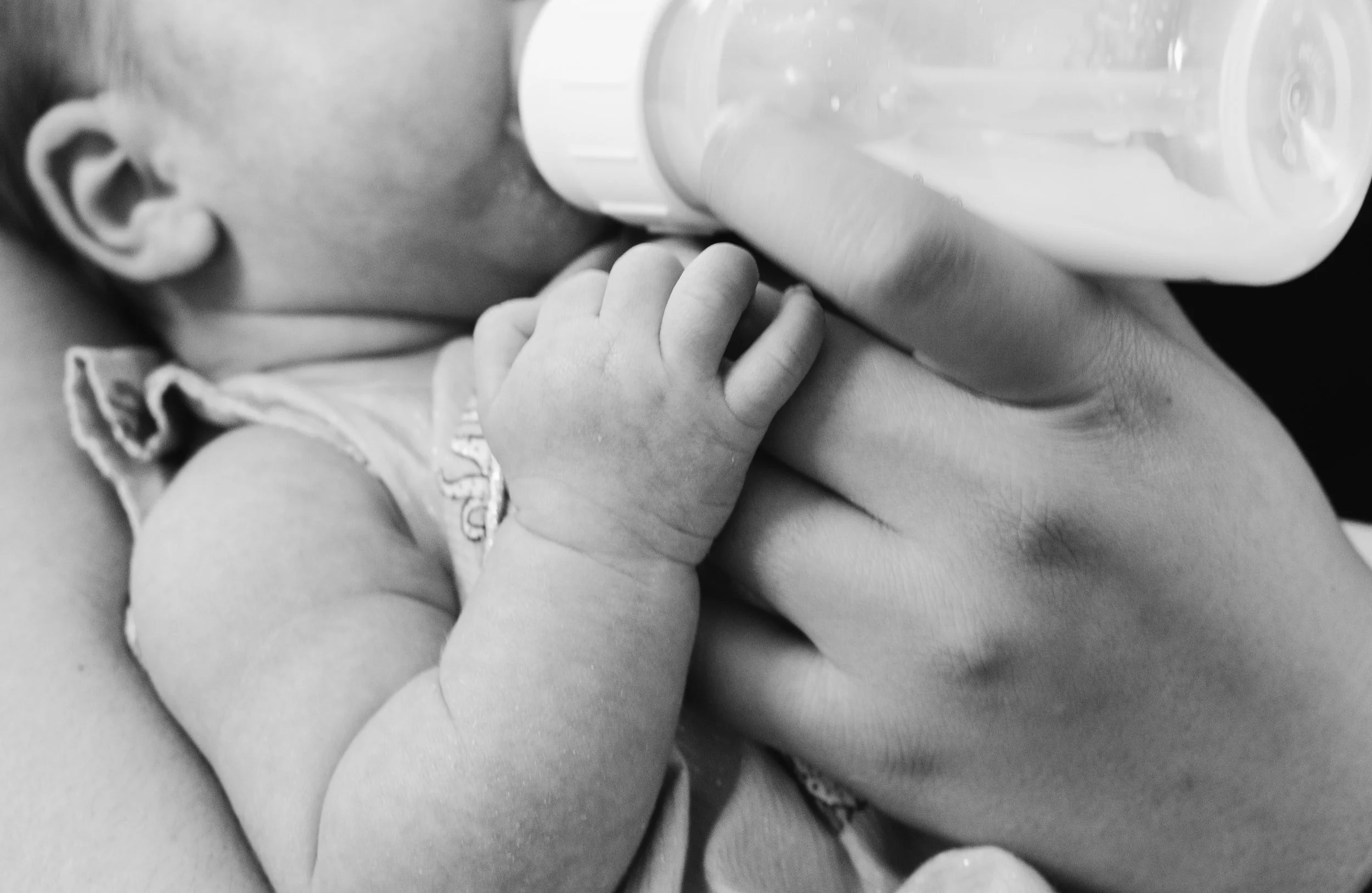Quick GUide: How to Reduce risk of illness while preparing infant formula
Powdered infant formula is not sterile.
It may contain bacteria that can cause serious illness in infants. By preparing and storing powdered infant formula correctly, you can reduce the risk of illness.
Cronobacter
Cronobacter is a rare but serious infection that can be caused by germs in powdered infant formula.
In most cases, it is safe to mix powdered infant formula following manufacturer’s instructions.
But if your baby is very young (younger than 3 months old), was born prematurely, or has a weakened immune system, you may want to take extra precautions to protect against Cronobacter.
Instructions:
1. Clean & disinfect preparation area.
2. Wash your hands with soap and warm water for at least 20 seconds & dry with a clean cloth.
Sing “Happy Birthday” twice or find another fun song with a part that is about 20 seconds like “Twinkle Twinkle Little Star”, “Row, Row, Row Your Boat”, “Somewhere Over the Rainbow”, “Jolene”, etc!
3. Heat water from a safe source and add to cleaned and sterilized bottle.
The water temp. needs to be at least 158°F to kill Cronobacter. Water's boiling point is 212°F.
You can boil water on the stove or in a kettle.
Bottles can be sterilized by boiling ~5 minutes on the stove with clean water or in microwavable sterilization bags if bottle manufacturer guidelines allow.
4. Add the correct amount of formula listed on the container to the water.
Always measure water first to ensure the correct amount is added.
If formula is added to the bottle first, and water is measured after, it creates a more concentrated liquid.
Adding more or less formula than listed could result in infant illness.
5. Shake Gently to mix.
Allow bottle to cool down ~5 minutes until it reaches body temperature.
To cool down faster, run base of capped bottle under cold water or place in small bowl with cold water.
Make sure that the lid does not become submerged, which could lead to contamination.
6. Dry off bottle and check temperature before feeding to baby.
Check the temperature by dripping some onto the inside of your wrist making sure it is warm/lukewarm and not hot.
7. Feed infant and discard any that has not been finished within 1 hour.
Use prepared infant formula within 1 hour from start of feeding and within 2 hours of preparing it. If your baby does not finish the entire bottle of formula, throw away leftover formula.
If you do not plan to use the prepared formula right away, refrigerate it immediately. Use refrigerated formula within 24 hours.
Make sure you are paced bottle feeding your infant- especially for breastfed infants. This helps reduce bottle preference over the breast.
DISCLAIMER: This quick guide is to provide mom’s with reputable sources to research and to inform them on ways to reduce the risk of Cronobacter when preparing formula for their infants. This does not constitute as medical advice. Talk to your doctor and/or follow the CDC and WHO guidelines on preparing infant formula which are listed throughout the article and below.
Sources:
https://www.who.int/foodsafety/publications/micro/PIF_Bottle_en.pdf




